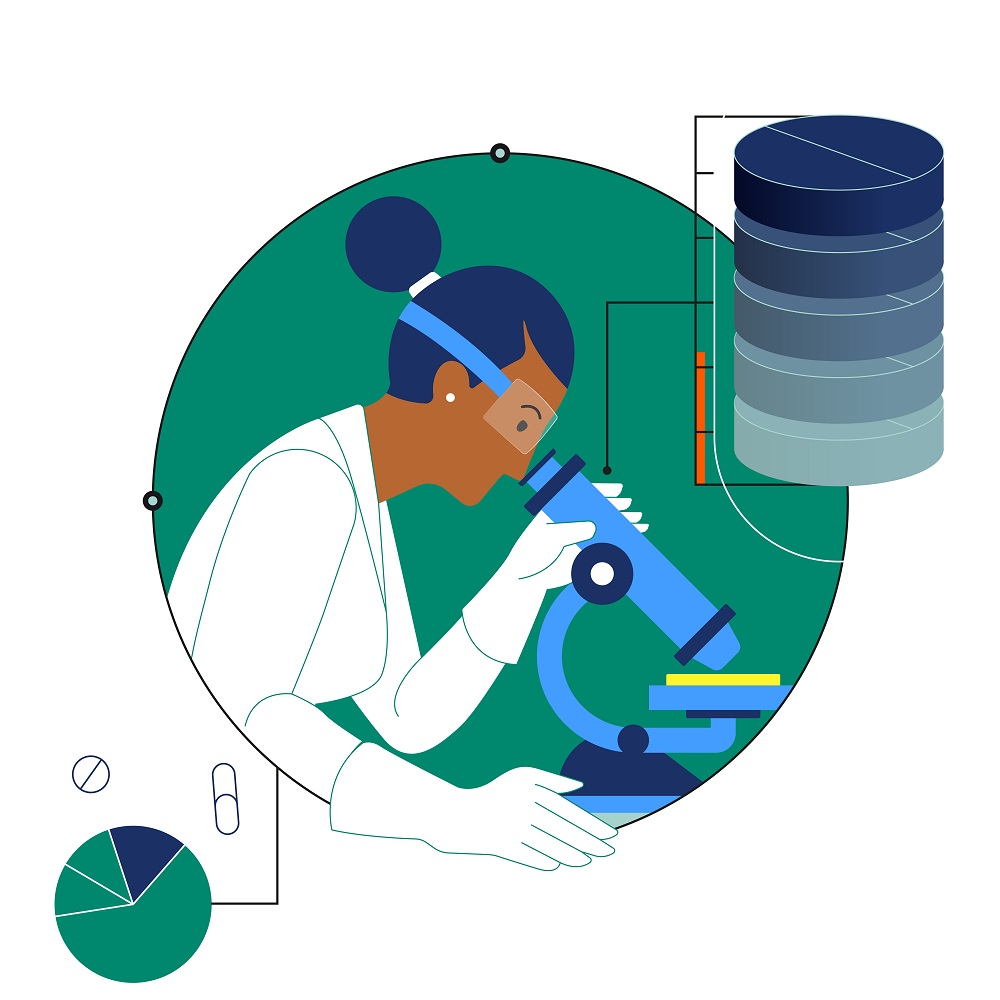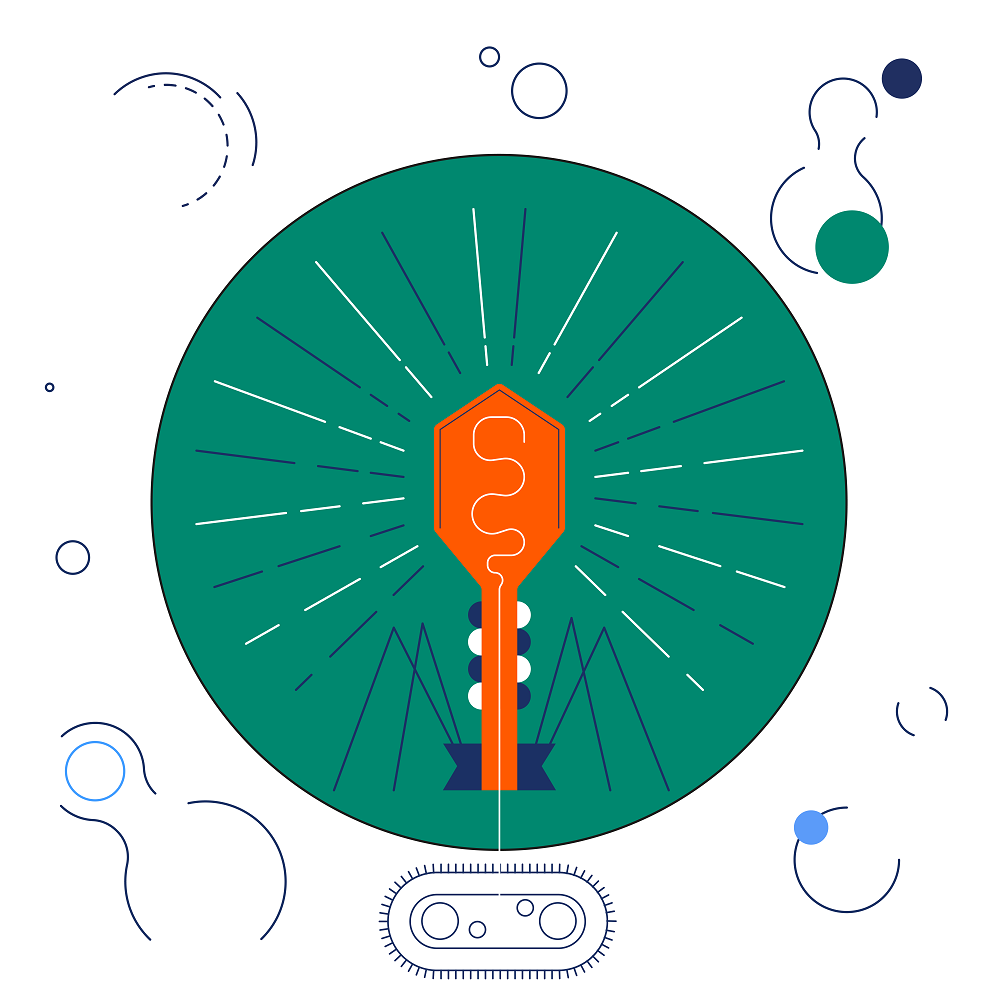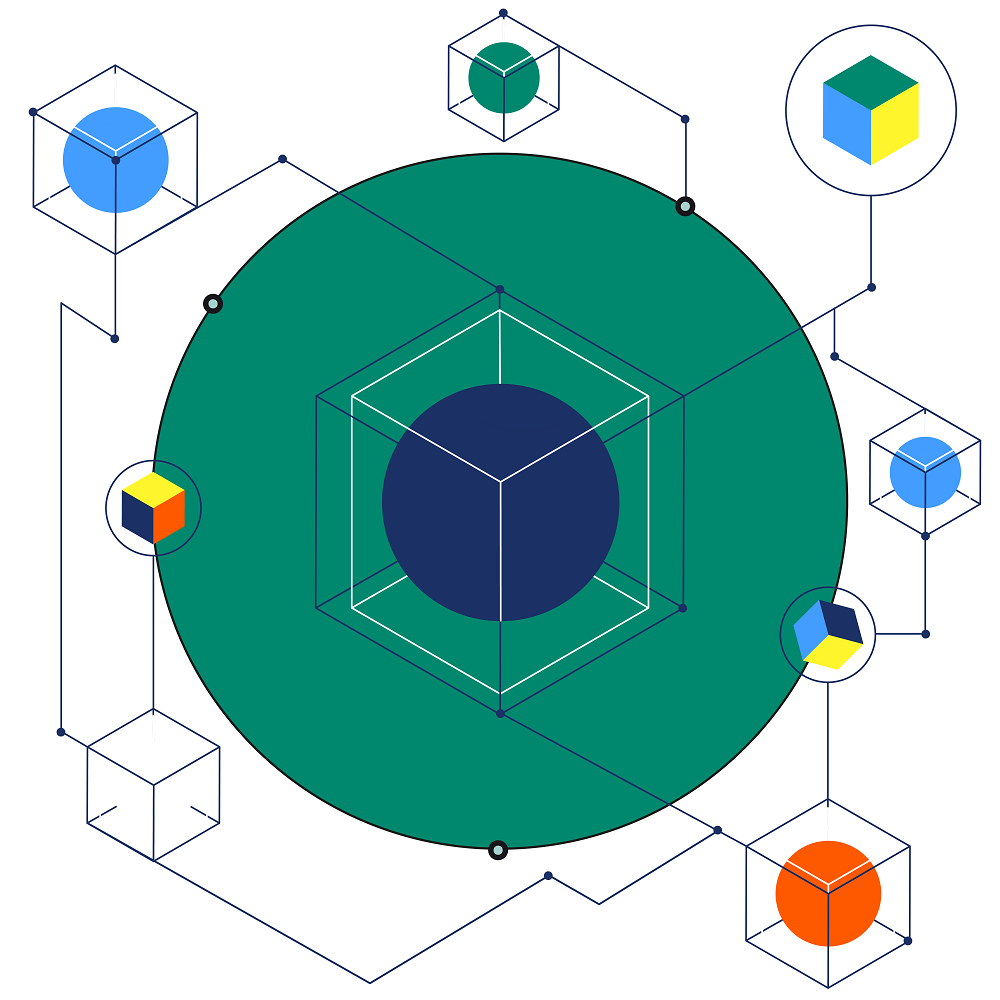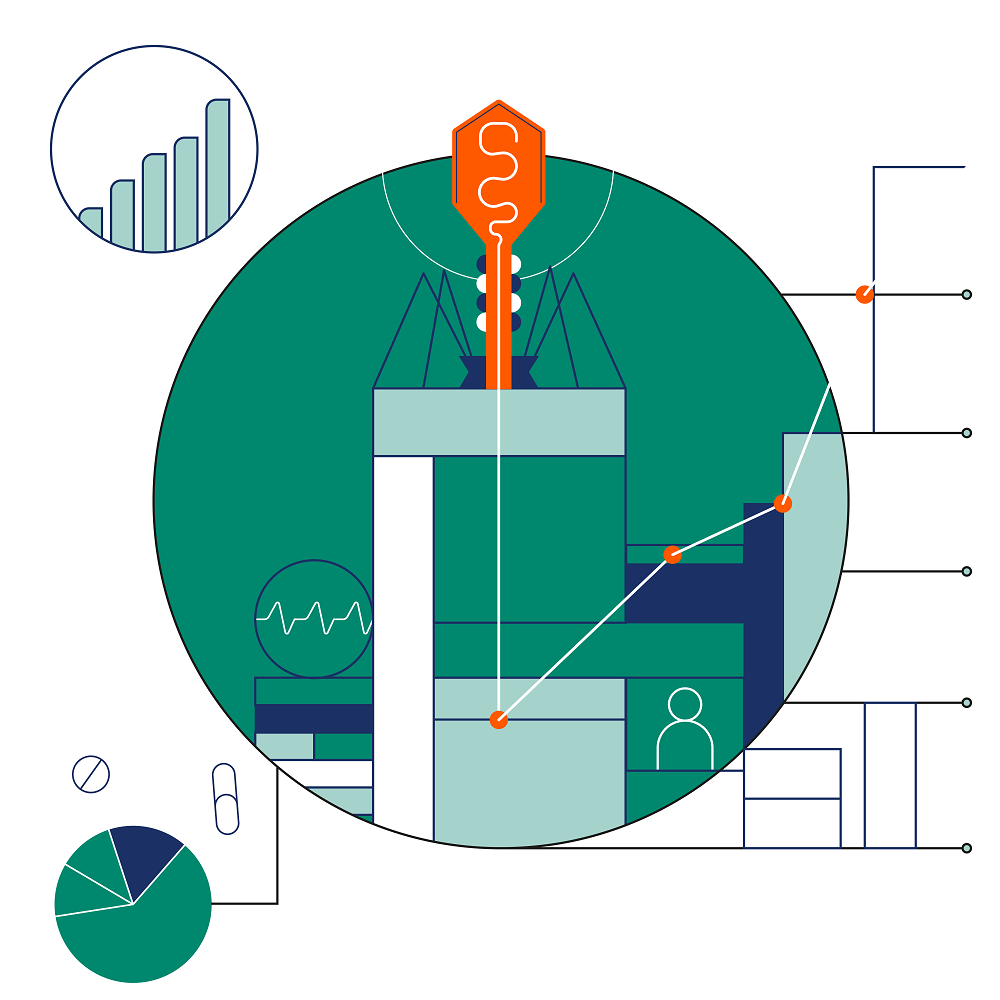
Created in collaboration with T brand studio.
Antibiotics, our primary weapon against infection-causing bacteria, are beginning to fail. The U.N. warns that infections caused by antibiotic-resistant bacteria could kill 10 million people a year by 2050.
“[Antibiotics resistance] is like a silent pandemic that's happening now – and it's escalating,” says Greg Merril, co-founder and C.E.O. of Adaptive Phage Therapeutics.


Bacteria have a natural predator: phage viruses. For every bacteria strain, there is a phage that can kill it. The phage injects its DNA into the bacteria cell, replicating until the cell eventually bursts.
Scientists have known about phage therapy since the early 20th century, but the discovery of antibiotics led to the displacement of phages until recently. With antibiotics resistance on the rise, scientists and biotech innovators are working to make phage therapy a commercial reality.
Adaptive Phage Therapeutics (APT) is building PhageBank, a library of phages that can be matched to a patient’s infectious bacteria. If there is no phage match, APT will search for a phage that can kill that bacteria and add it to the bank, making its spectrum of coverage ever-expanding.
“Bacteria are dynamic and evolve resistance. The only way to break this cycle and the emergence of resistance is to have an adaptive approach.”
Greg Merril, Adaptive Phage Therapeutics

Locus Biosciences is using precision medicine to eradicate 10 specific strains of bacteria that cause 70 percent of human infection. “We´re on a quest to fundamentally change the way bacterial diseases are treated for broad patient populations, “ says Paul Garofolo, president and C.E.O. of Locus. “We have developed a means of reaching into the human body and removing single bacterial species with surgical precision, and we believe that this technology is the future of medicine.” The company is creating “phage cocktails” — specific mixtures of enhanced phages — to precisely target bacteria. To make its phage therapy more effective, Locus uses the enzyme CRISPR-Cas3, which boosts the phage´s ability to kill bacteria.
Sterility and speed are vital for developing APT and Locus Bioscience’s life-saving phage therapies. Both use Cytiva’s Microcell Vial Filler for their drug products — the automated system removes the risk of contamination while its self-cleaning qualities enable the switch between different formulations without delay.
Though different in approach, both Merril and Garofolo envision a future where phage therapy can make antibiotics resistance obsolete.


See how Cytiva’s technologies are advancing and accelerating life-saving therapies.
